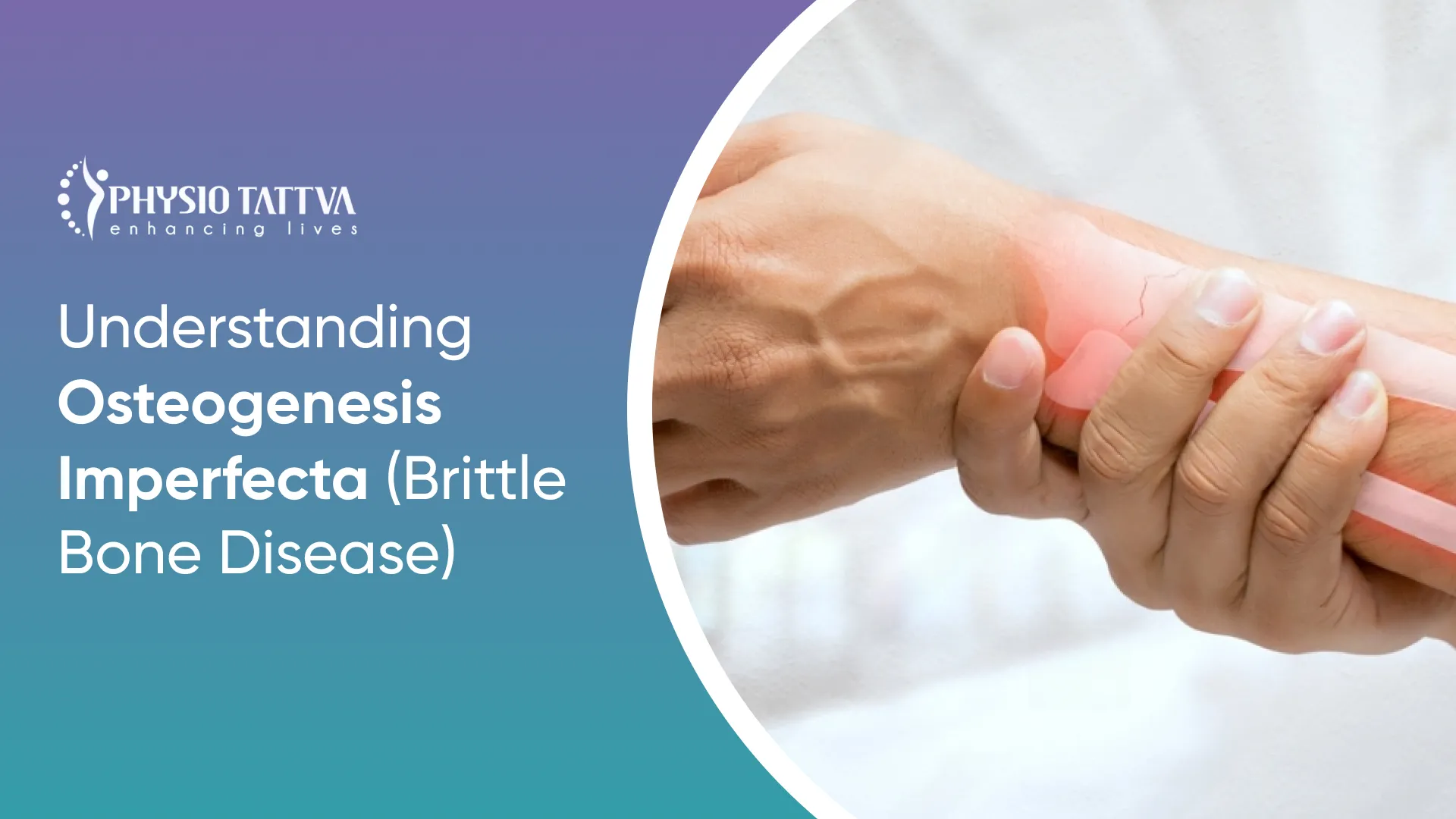Explore Osteoporosis and Its Impact
Osteoporosis is a condition that gradually weakens bones, making them fragile and more prone to fractures. It often progresses silently, without symptoms, until a fracture occurs.
As bone density decreases, bones become porous and brittle, increasing the risk of injury. This vulnerability means that even minor falls or stresses can lead to significant fractures that may take a long time to heal.
Risk Factors for Osteoporosis
Risk factors for Osteoporosis are age, gender (women are more susceptible), low calcium intake, sedentary lifestyle, and family history.
Smoking, excessive alcohol, and certain medications also contribute to the risk. Being cautious of your lifestyle can help notice early signs of the condition.
Understanding Cupping Therapy: Origins and Methods
Cupping therapy originated in ancient Egypt, China, and the Middle East. It involves placing cups on the skin to create suction. It is of two kinds - dry and wet cupping, which may use heat or medicinal herbs for the best result. A trained professional will understand your condition and suggest the best possible method.
The Science Behind Cupping: Enhancing Blood Flow and Healing:
Cupping therapy is said to enhance blood circulation which is important in the process of healing. Suction lifts skin and muscles, increasing blood flow to the area. This helps in tissue repair and pain relief.
Scientific research on its effectiveness for specific conditions, including osteoporosis, is ongoing. It is said to be effective in treating Abscess, when other forms of medicine have been ineffective.
Types of Cupping: Dry, Running, and Bleeding
Dry cupping involves placing cups on the skin without any suction or punctures. Running cupping moves cups across the skin to create a massage-like effect.
Bleeding cupping involves making small incisions before applying cups to draw out blood. This is decided by the practitioner after a diagnosis and treatment plan is made, with consultation of the patient and their caretakers.
Benefits of Cupping therapy for Osteoporosis Patients
Cupping therapy for Osteoporosis may help by reducing pain and inflammation associated with osteoporosis. It aims to improve blood flow to affected areas, potentially aiding in bone healing and reducing fracture risk.
Pain and Inflammation Reduction
Cupping therapy targets pain and inflammation by increasing blood circulation and promoting tissue repair. Suction lifts skin and muscles, which may alleviate discomfort and swelling in affected areas.
Improved Blood Flow
Cupping therapy for Osteoporosis enhances blood flow by creating suction on the skin, stimulating circulation to promote healing and nutrient delivery.
This increased blood flow can benefit osteoporosis patients by potentially strengthening bones and aiding in the recovery from fractures.
Enhanced Mobility
Cupping therapy for Osteoporosis aims to improve mobility by increasing blood flow and reducing muscle tension. The suction created by cups helps loosen tight muscles and fascia, potentially enhancing range of motion and flexibility over time.
Stress Reduction
Cupping therapy may aid in stress reduction by promoting relaxation and easing muscle tension. The gentle suction and massage-like effect can help alleviate physical and mental stress, providing a calming effect for some individuals.
How Cupping Therapy is Performed for Osteoporosis Patients?
During cupping therapy for osteoporosis, cups are placed on the skin with gentle suction or sliding motions. This aims to improve blood circulation around bones, potentially aiding in healing and reducing pain.
The Procedure: What to Expect During a Session
During a session of cupping therapy for osteoporosis, a therapist places cups on the skin using suction. The cups may stay in place or be moved to create a massage effect.
The session lasts about 20-30 minutes. You may feel a pulling sensation, but it should not be painful. The therapist monitors your comfort throughout.
Aftercare and Recovery: Post-Session Guidelines
After a cupping session, rest and hydrate to aid recovery. Avoid intense physical activities for 24 hours. Some bruising or skin discoloration may occur but should fade within a few days. Apply soothing lotions if needed.
Follow any additional instructions provided by the therapist to ensure optimal benefits and recovery.
Integrating Cupping Therapy into Your Osteoporosis Treatment Plan
Integrate cupping therapy into your osteoporosis treatment plan by consulting with your healthcare provider. The professional can help you understand how cupping can complement existing treatments like medication, exercise, and dietary changes.
This should be followed with scheduling regular sessions based on your provider's recommendations. Monitor your progress and adjust the frequency of sessions as needed.
This treatment plan can go hand in hand with your other treatment and help in the recovery process.
When to Consider Cupping Therapy for Osteoporosis?
Consider cupping therapy if you experience persistent pain or stiffness from osteoporosis. If traditional treatments are not providing sufficient relief, cupping may be a beneficial addition.
Discuss with your healthcare provider if cupping is appropriate for your condition. It is important to make sure that you are in good general health and have no contraindications. Start with a few sessions to gauge its effects, and continue based on your comfort and results.
Consulting with Healthcare Professionals
Consult your healthcare professional before starting cupping therapy for osteoporosis. Discuss your medical history, current treatments, and any potential risks.
Your provider can help determine if cupping is suitable and how it can fit into your overall treatment plan. Regular consultations ensure the therapy is safe and effective for your specific needs.
Why Choose Physiotattva?
Choose Physiotattva physiotherapy clinic for expert care in managing osteoporosis through cupping therapy. Our experienced therapists tailor treatments to individual needs, ensuring a holistic approach to bone health. We integrate cupping with other therapies for comprehensive care, addressing pain, inflammation, and mobility issues.
Physiotattva physiotherapy clinics in Bangalore and Hyderabad prioritises patient education, empowering you with knowledge about your condition and treatment options. Our state-of-the-art facilities provide a comfortable environment for therapy sessions.
Trust Physiotattva's commitment to improving your quality of life with personalised, effective treatment plans and dedicated support throughout your healing journey. Get in touch with Physiotattva for more details! Contact us at +91 89510 47001




-Physiotherapy.webp)
-for-Shoulder-Pain-Relief.webp)
-for-Knee-Pain-Relief.webp)


-for-Back-Pain-Relief%20(1).webp)





.webp)










.webp)


.webp)
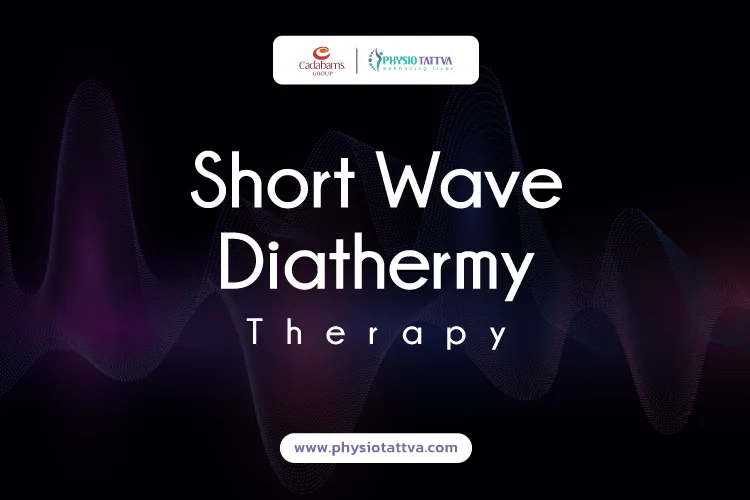
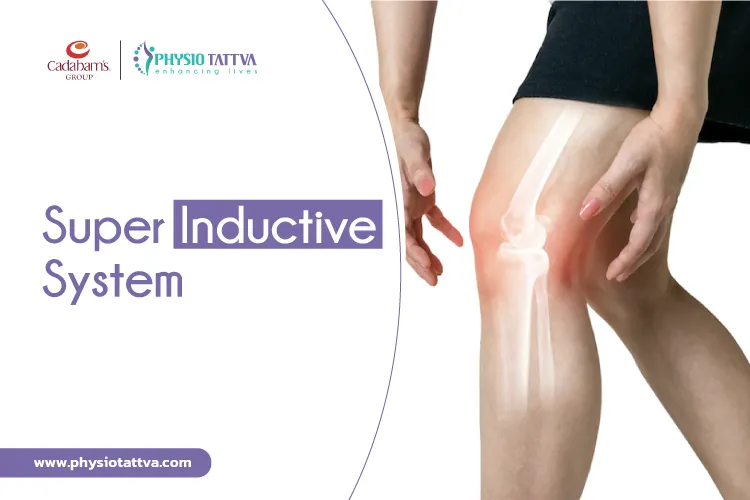



.webp)
.webp)


.webp)
.webp)

.webp)
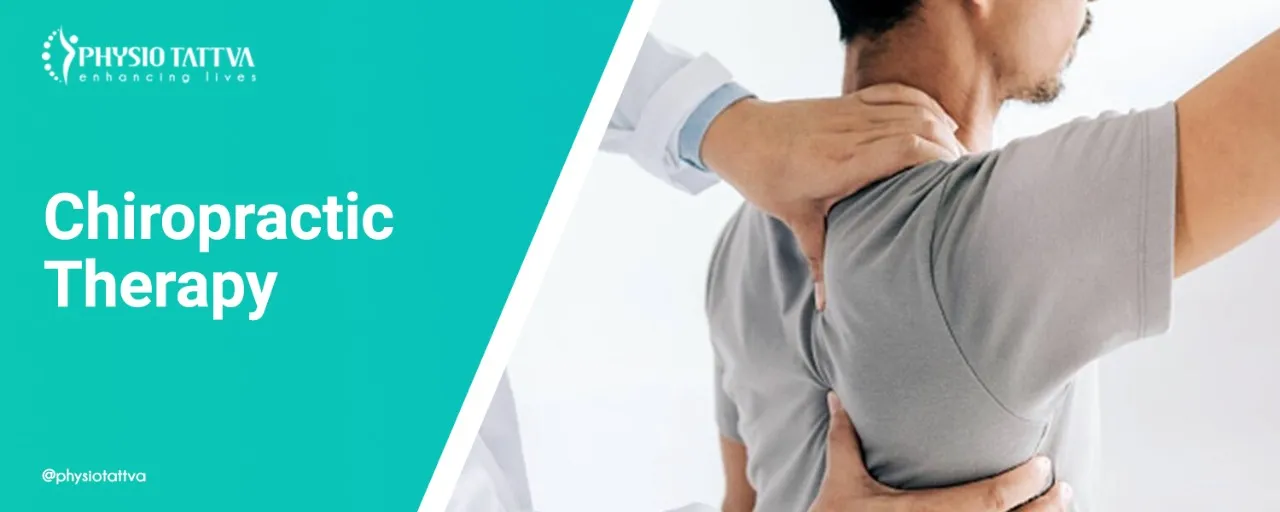
.webp)

.webp)
.webp)
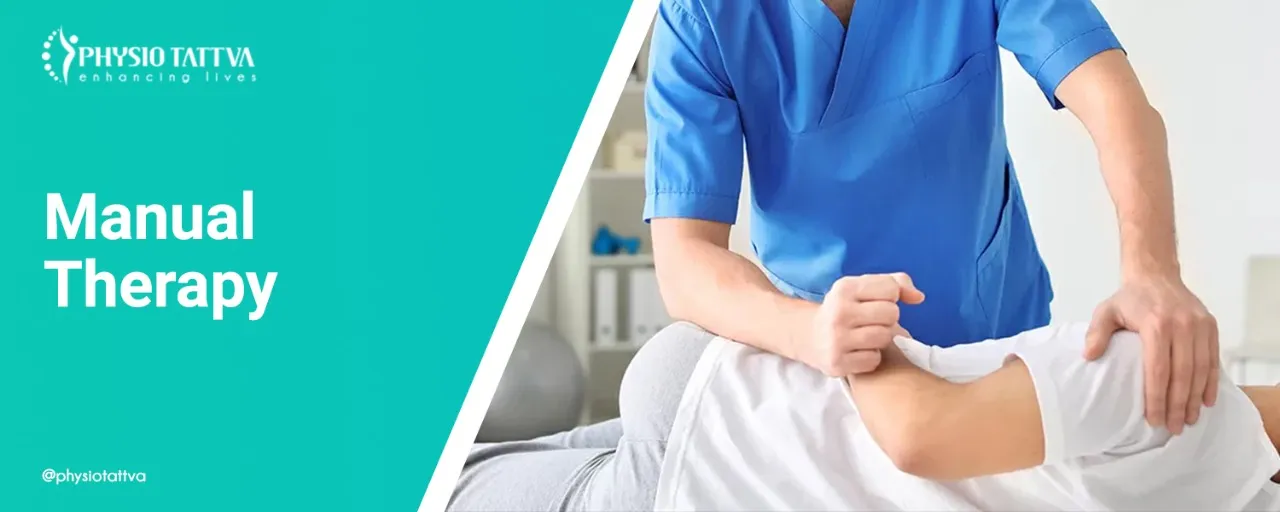
.webp)
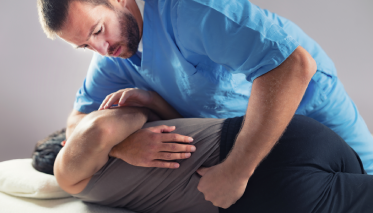
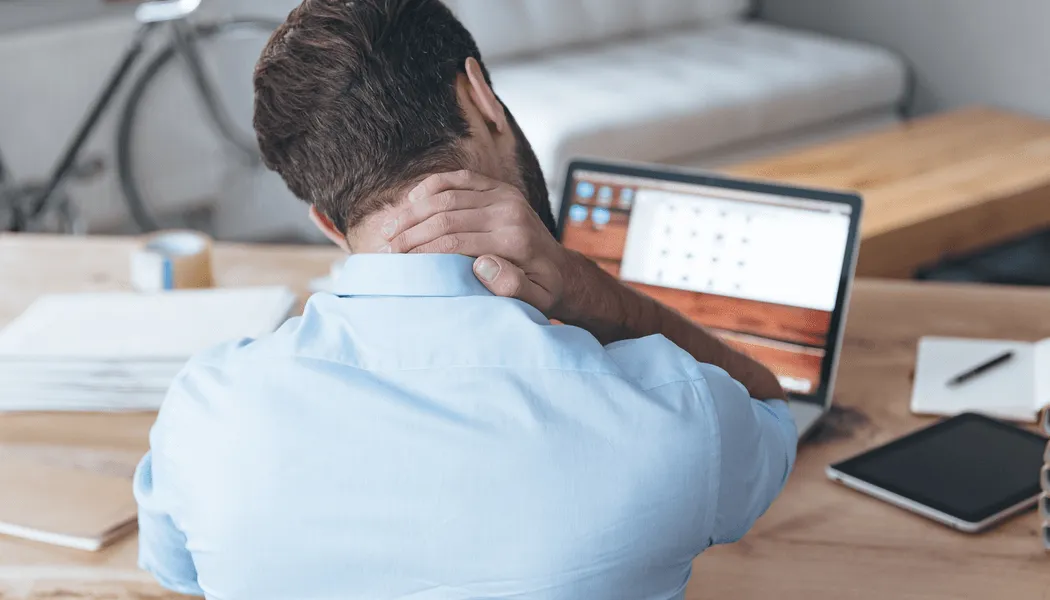

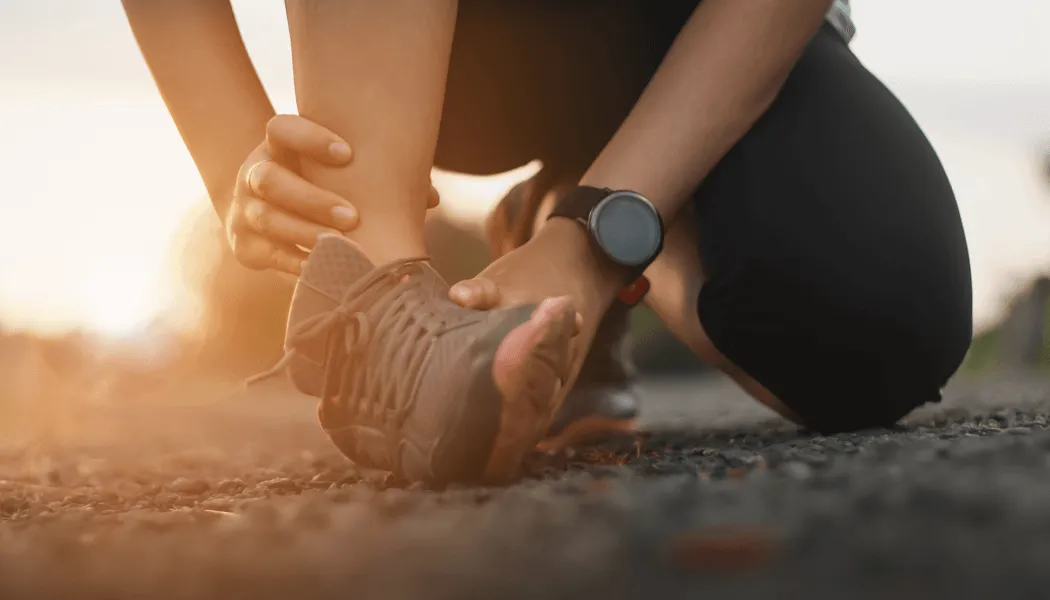




.webp)
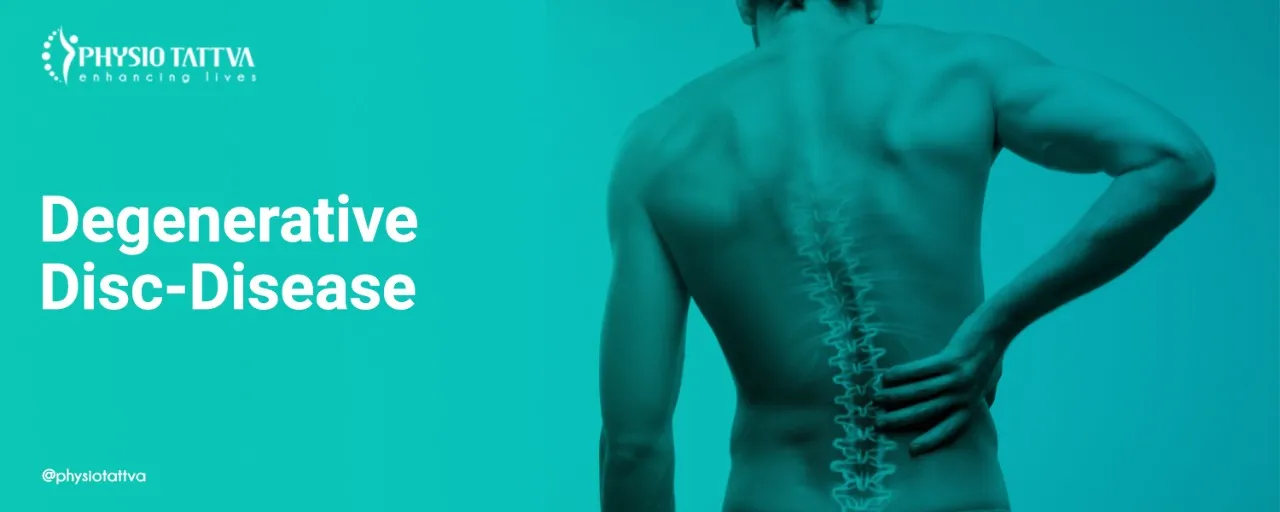

.jpeg)

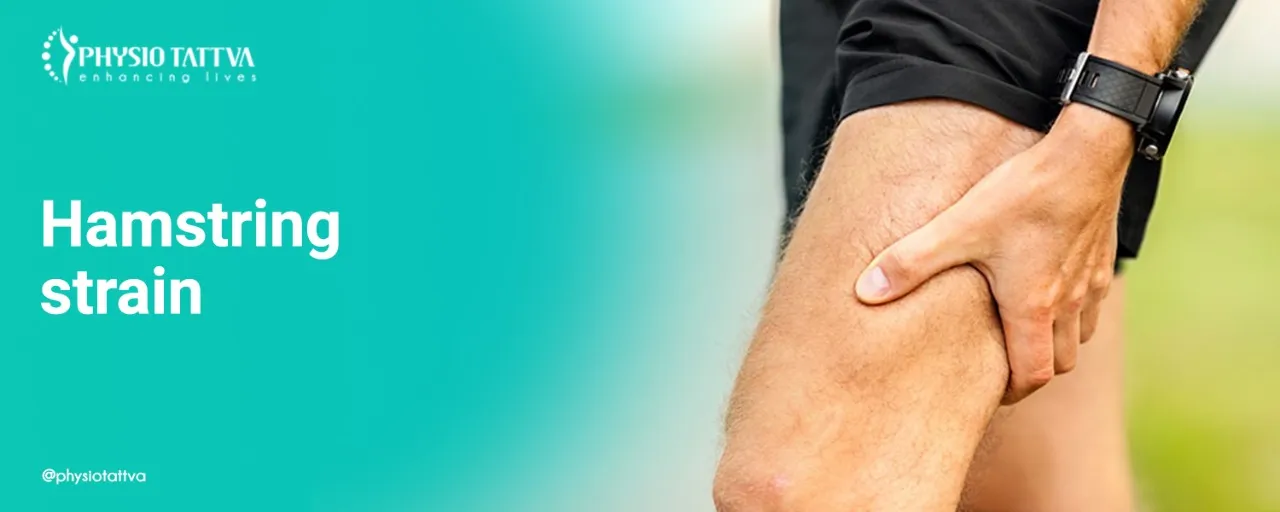

.webp)



.webp)
.webp)







.png)




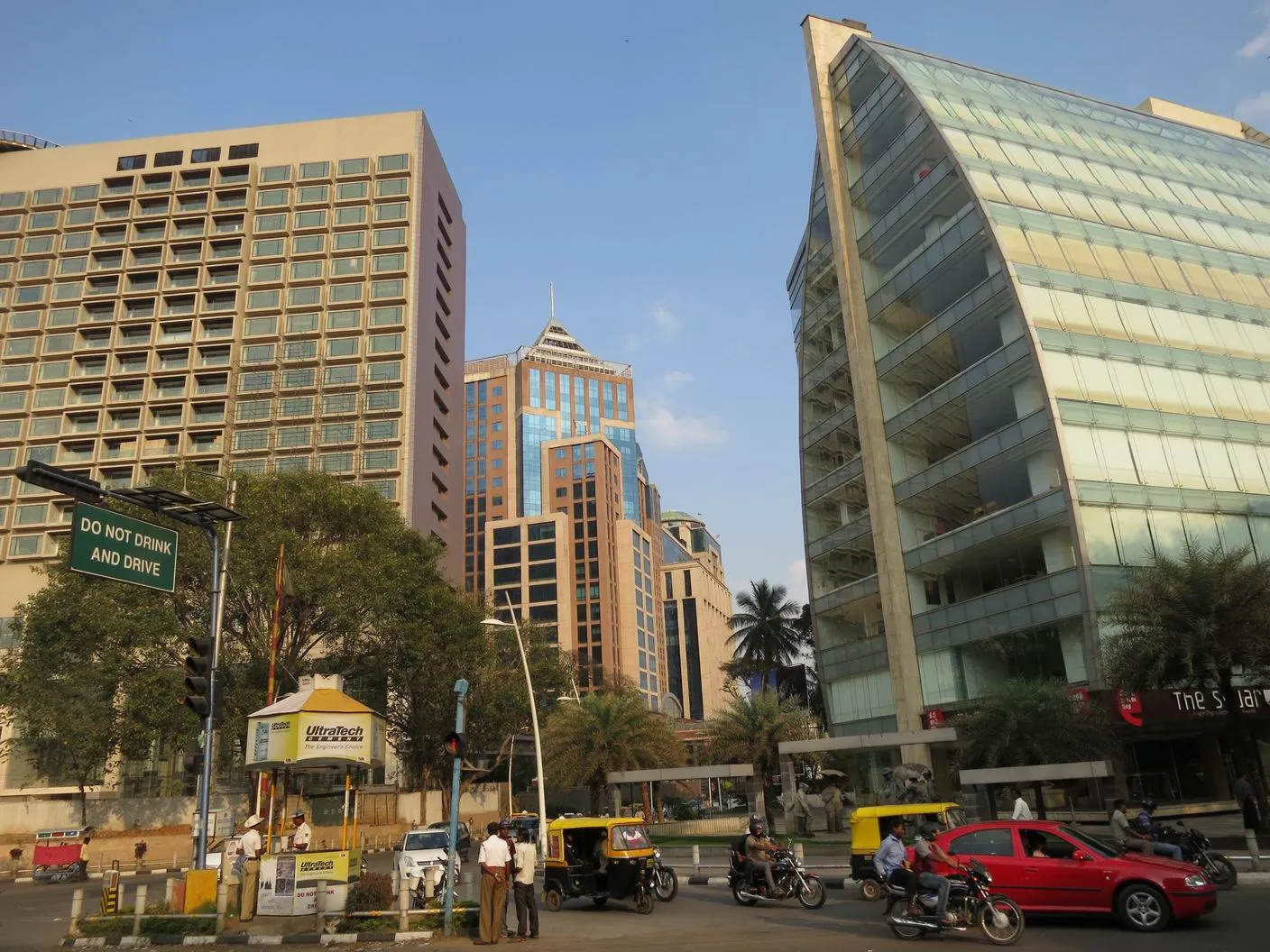
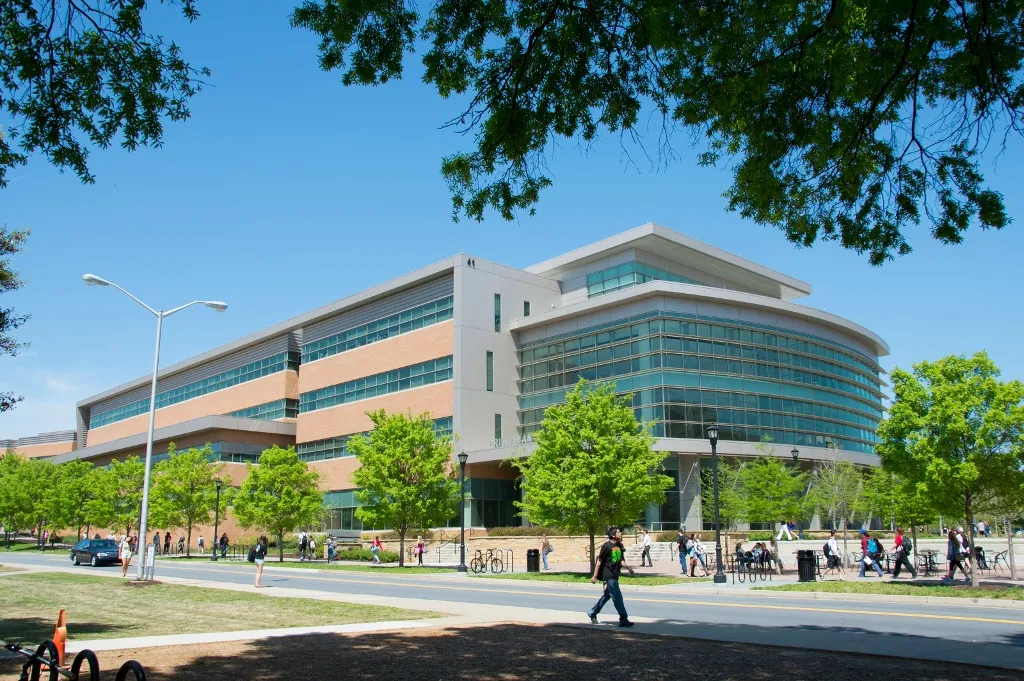



%20(1)-p-3200.jpeg)


.jpg)
.webp)
.webp)
.webp)
